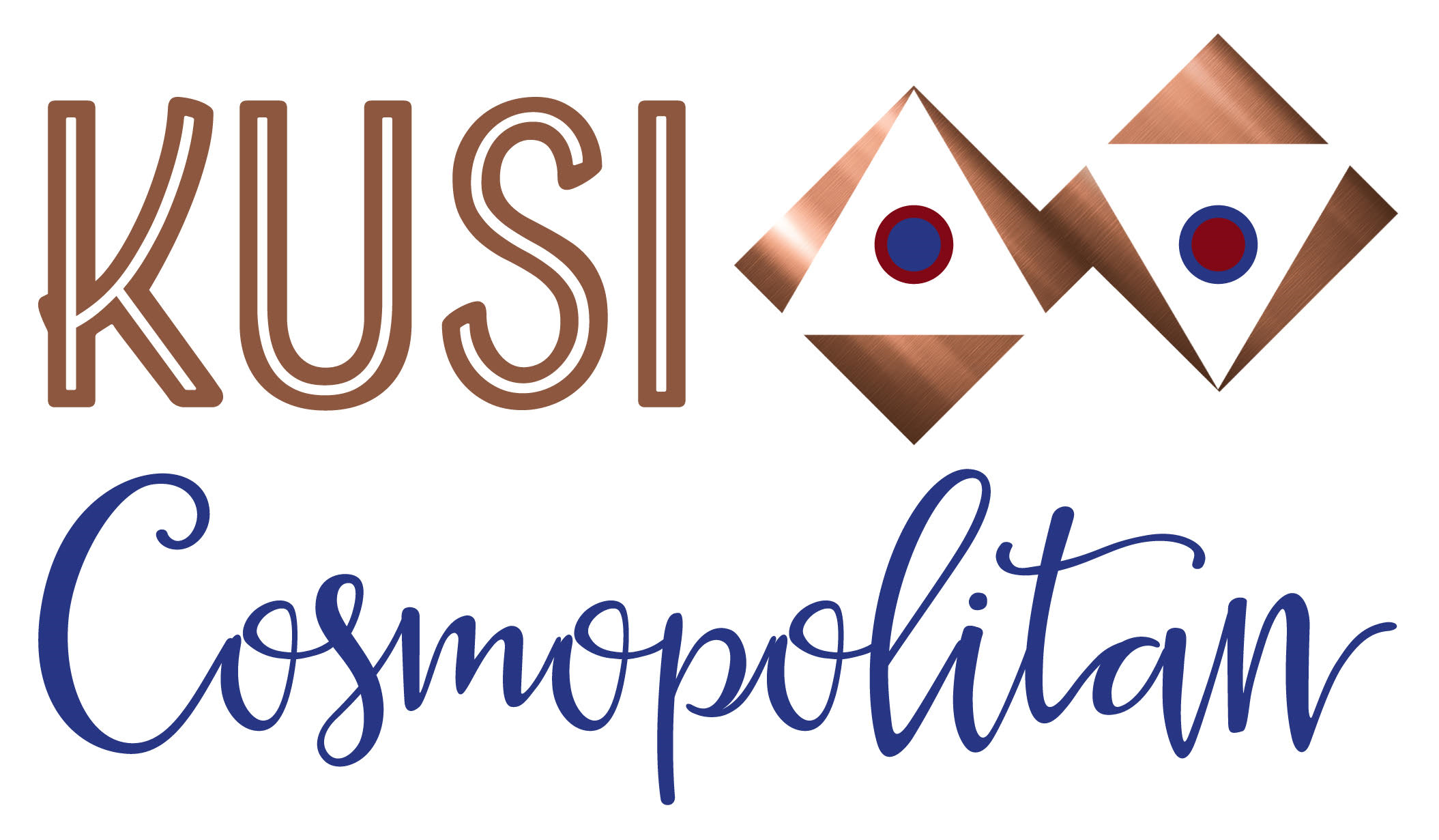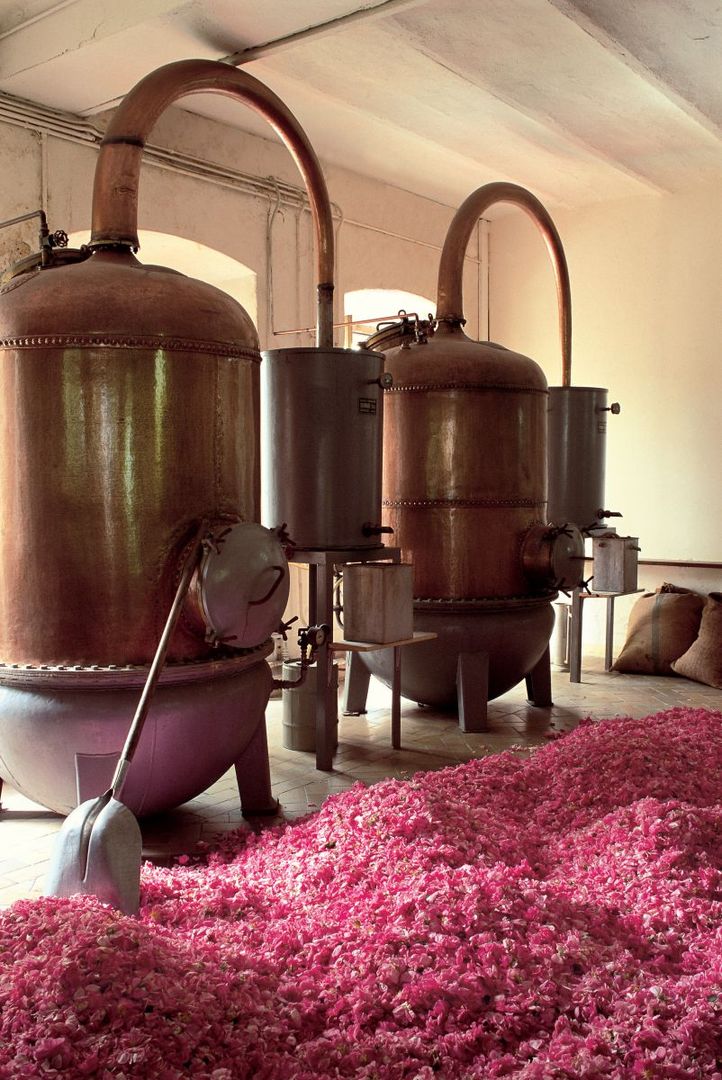Obscurities of the Natural, Pure & Pretty Ingredient Led Narratives, and “Rosewater”
What do rosewater, Marula oil, and chia seed all have in common? They are trending heroes of ingredient led beauty product stories. They are also marketed in a context of simplicity and nature, answering to the growing appeal of the less-is-more beauty philosophy. When you combine this aspect with a growing distrust of big business- you get a increasingly marked shift away from abstract science towards ingredients, purity, and transparency.
Unfortunately, capitalizing on the appeal of what is natural, pure, and pretty comes in all levels of authenticity and transparency. What began as a simple exercise of sorting through the clutter of the recent surge in rosewater toners, transformed into a research project entwined with aspects of chemistry and shadowy nomenclature nuances. And price is no guarantee for a product that fulfills its brand promise of “pure and natural”, or even quality. Surprise!
To begin with, I wasn’t purposefully seeking out pure or natural, nor do I have anything against the use of benign chemicals in cosmetics. I simply wanted to incorporate aromatherapy to my beauty regimen with a safe and qualitative botanical hydrolat/hydrosol. Although I do admit, I also thought it could be nice to read the ingredients on the back of a product as I would the notes of a fragrance composition; allowing ingredients like rose, orange blossom, and aloe vera to carry me away. Instead, ingredients like PEG-7 Glyceryl Cocoate, Propylene Glycol, Polysorbate-20, and Denat Alcohol crashed my Garden of Eden moment.
Beyond the aspect of unwanted chemicals, just the concept of "rosewater" itself multifaceted, and the language used to describe it on the bottle is not always straightforward. Many brands are capitalizing on this ambiguity to market the appeal of this famed ancient beauty elixir at a lower cost. However, many of those products- even very expensive ones, are not actually rosewater- but at BEST, a benign substitute.
Take Jurlique for example – “A pure and natural skin care range combining the ancient arts of alchemy, herbal medicine and homeopathy to reconnect people to nature” source: www.jurlique.com
Jurlique Rosewater Balancing Mist: (Water, Alcohol, Althaea Officinalis (Marshmallow) Root Extract, Rosa Gallica (Rose) Flower Extract, PEG-7 Glyceryl Cocoate, Fragrance (Parfum)*, Sodium Hydroxymethylglycinate, Lactic Acid, Polysorbate-20,Citrus Grandis (Grapefruit) Seed Extract, Aloe Barbadensis Leaf Extract, Geraniol*, Linalool*, Citronellol*, Eugenol*, Benzyl Benzoate
The steam that rises through the petals causes their cells to burst open releasing plant compounds. When the steam is cooled and turns back into liquid, this water is enriched with these compounds- resulting in genuine rosewater
There is no actual rosewater present, but rather a cheaper mockup of it. Rose extract + a solvent (we don't need a PhD in chemistry to know oil and water don’t mix naturally). Depending on the type of solvent used (in this case it is the benign Glyceril Cocoate), it is not harmful- but the laboratory version won’t have the benefits for your skin that rosewater is promoted for. Genuine rosewater, contains water-soluble plant compounds that can only be derived from the steam distillation process. For more detail and information on the difference between the different names, forms, and concepts of rosewater see Rosewater- A Buyer's Guide
And as if that little trick were not enough; four of the key active ingredients are synthetic, out of which 3 are not good for the skin (click on the links on the ingredients in bold to know more)
And now let’s look at a much cheaper, but very popular brand: Mario Badesco
Mario Badesco Facial Spray with Aloe, Herbs and Rosewater: Aqua (Water, Eau), Propylene Glycol, Aloe Barbadensis Leaf Juice, Rosa Canina Extract, Thymus Vulgaris (Thyme) Leaf Extract, Fucus Vesiculosus Extract, Gardenia Florida Fruit Extract, Caprylyl Glycol, Hexylene Glycol, Polysorbate 20, Parfum (Fragrance), Phenoxyethanol, Sodium Chloride, Citronellol, Geraniol, CI 17200 (Red 33), CI 42090 (Blue 1).
The best stills are traditionally made of copper for its special alchemy: Copper absorbs Sulphur compounds and yeast cells, keeping the distillate free from fermentation byproducts and improving the aroma of the final product. It also reduces bacterial contamination, and the heat transfer properties are helpful for both the heating and cooling of vapours.
True to the brand positioning, many botanical extracts are present. Extracts are oils, and require a solvent to mix with water. Propylene Glycol is a petroleum byproduct, it is very cheap- and not one of the good ones. And check out the last ingredients- RED DYE is what gives it that rosy color (I suppose intended to give the product a stronger association with roses, but rosewater actually has no color.)
But guess what else?
You are not necessarily safe by going to a small independent brand with a simple list of ingredients you can recognize. In many cases it is “rose flower water”- a version of rosewater, either made in a lab or by steeping roses in water.
It can be 100% natural, and sourced from USDA certified organic roses. This works just fine as an aromatherapy skin refresher, but doesn't have the same properties as rosewater obtained through distillation.
So in the end does this make rosewater a hero or a villain of the ingredient led narrative?
I would say a hero we love to hate, because it is really hard to know what you are getting, or to try before you buy. The villains are the brands capitalizing on the buzz, the ambiguities, and the difficult position consumers are in to understand the nuances of chemical compositions.
Regarding the nomenclature, even if there is only 1 ingredient- you still need to be careful and verify the provenance. Manufacturers are not entirely to blame for confusion- the simultaneous usage of different terminologies with ambiguous meaning stems from historical misuse.
The INCI (International Nomenclature of Cosmetic Ingredients) formal name for genuine rosewater (obtained through distillation) is Rosa Damascena Flower Distillate. Unfortunately, many brands selling genuine rosewater are using the term rose hydrosol, which technically means a suspension of molecules in water, and could apply to any version of rosewater- thus creating an ambiguity and a need to verify whether or not it was made through distillation. Rose hydrolat, is the term frequently used in Europe and is technically a better description.
I had promised in my previous article that I would give a short list of my favorite rosewater toners, but along the way I discovered that the best one for my combination skin is not rosewater alone, but a blend with other hydrosols with more astringent properties. Each combination is a bit different and worthy of a dedicated review, so I will share it soon in a separate post. For now, here below a couple of brands selling 100% organic Rosa Damascena distillate that I like, but there are many others out there. Please drop me note in the comments if there is one you feel confident sharing.
Poppy Austin: 100% pure distilled Rosewater. Origin Morocco. Organic as per website.
Alteya Organics: 100% pure distilled Rosewater. USDA Certified Organic. Origin USA.
The main point is to know what to look for in the description and to consider that there are a number of variables that can affect the end product- they are not all the same. Just like wine, the region where the roses were cultivated, as well as the variety of the rose produces a different scent. Variations in the distillation process, packaging, and distribution chain also result in alterations.
So much for the appeal of simplicity in a single ingredient natural product! As it turns out, certain products are not so simple, requiring almost as much effort to verify quality as a traditional, non-natural product.
Despite this complexity, the rising micro/indie cosmetic brands are in a good position to capitalize on the growing trend of natural cosmetics. They are capitalizing on a strong product–to–customer connection, and providing a stronger sense of transparency as they craft products with love, light, and bliss. Stay tuned for more on my favorite indie brands in my next post :-)


